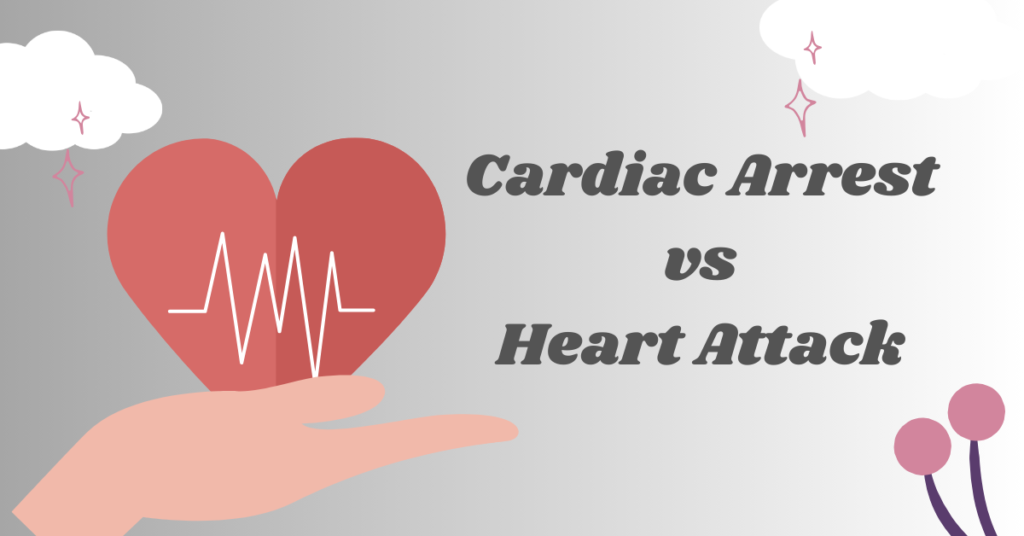Cardiac Arrest vs Heart Attack: Understanding the Difference
When it comes to heart-related emergencies, two terms that are often used interchangeably are cardiac arrest and heart attack. While both conditions are serious and require immediate medical attention, it is important to understand that they are not the same thing. In this article, we will delve into the differences between cardiac arrest and heart attack, helping you gain a better understanding of these life-threatening events.
What is Cardiac Arrest?
Cardiac arrest is a sudden and unexpected loss of heart function. It occurs when the heart’s electrical system malfunctions, causing the heart to stop beating effectively. As a result, blood flow to the brain and other vital organs is severely reduced or completely cut off. Without immediate treatment, cardiac arrest can quickly lead to death.
Common causes of cardiac arrest include:
- Severe heart attack
- Heart rhythm abnormalities (arrhythmias)
- Electrocution
- Near-drowning
- Drug overdose
Cardiac arrest can affect anyone, regardless of age or underlying health conditions. It often occurs without warning and can strike even seemingly healthy individuals.
What is a Heart Attack?
A heart attack, also known as a myocardial infarction, is a circulation problem. It happens when one or more of the coronary arteries, which supply oxygen-rich blood to the heart muscle, become blocked. This blockage is usually caused by a buildup of fatty deposits called plaque.
When the blood flow to a part of the heart is blocked, the affected heart muscle begins to die due to the lack of oxygen. The longer the blockage remains, the more damage is done to the heart muscle.
Common symptoms of a heart attack include:
- Chest pain or discomfort
- Shortness of breath
- Feeling lightheaded or dizzy
- Nausea or vomiting
- Extreme fatigue
It’s important to note that not all heart attacks present with the classic chest pain symptom. Some individuals, especially women, may experience atypical symptoms such as jaw pain, back pain, or extreme fatigue.
The Key Differences
While both cardiac arrest and heart attack involve the heart, their underlying causes and mechanisms are different:
1. Cause: Cardiac arrest is primarily an electrical problem, whereas a heart attack is a circulation problem caused by a blocked artery.
2. Heart Function: In cardiac arrest, the heart stops beating effectively, leading to a sudden loss of blood flow. In a heart attack, the heart continues to beat, albeit with reduced blood flow to a specific area.
3. Symptoms: Cardiac arrest often occurs without warning and results in sudden loss of consciousness and absence of a pulse. On the other hand, a heart attack usually presents with symptoms such as chest pain, shortness of breath, and nausea.
4. Survival Rates: Cardiac arrest has a lower survival rate compared to heart attack. Without immediate intervention, the chances of surviving cardiac arrest are slim. In contrast, prompt medical treatment during a heart attack can greatly improve the chances of survival.
Conclusion
While cardiac arrest and heart attack are often used interchangeably, it is crucial to understand the differences between these two medical emergencies. Cardiac arrest is a sudden loss of heart function, often resulting in death if not treated immediately. On the other hand, a heart attack is caused by a blocked artery, leading to a lack of blood flow to a specific area of the heart.
Recognizing the symptoms and understanding the key differences between cardiac arrest and heart attack can help you take appropriate action in case of an emergency. Remember, both conditions require immediate medical attention, so don’t hesitate to call for help if you suspect someone is experiencing either of these life-threatening events.

